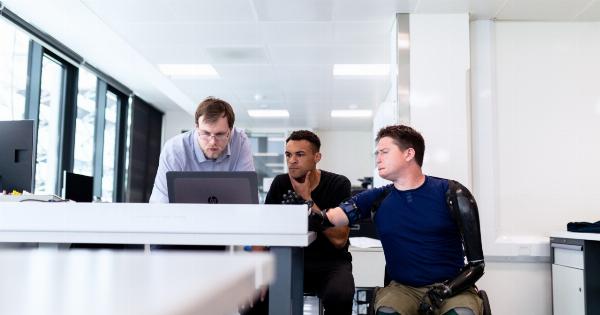Telemetry is the technology that enables the transmission of data over long distances. It has been used in various fields such as telecommunications, healthcare, and so on.
In healthcare, telemetry is used to monitor patients, especially those with critical conditions. This article will be more focused on the use of telemetry in detecting spine problems and how it works.
: Understanding Telemetry
Telemetry is a form of wireless communication that enables the transmission of data from one device to another.
It involves the use of sensors or probes that are attached to the device or patient, which will collect and transmit data wirelessly to a receiver or central monitoring station. The data collected from the sensors can be analyzed remotely, and necessary actions can be taken based on the analysis.
: The Role of Telemetry in Detecting Spine Problems
Telemetry can be used in the detection of various health conditions, including spine problems. Spine problems occur when there are issues with the spinal cord, nerves, or vertebrae.
One of the ways telemetry can help is by enabling the remote monitoring of spine problems in patients, especially those with chronic conditions like herniated disks, scoliosis, and spinal stenosis.
: How Telemetry Works in Detecting Spine Problems
Telemetry can be used in various ways to detect spine problems. One of the most common ways is by using sensors that are attached to the patient’s body and connected to a telemetry device that collects and transmits data wirelessly.
The sensor can collect data on various parameters such as the patient’s posture, movements, and muscle activity. The data collected can then be analyzed remotely, and necessary actions can be taken based on the analysis.
Telemetry can also be used in spine surgery to monitor patients. During spinal surgery, sensors can be attached to the patient’s spine to collect data on various parameters such as the nerve and muscle activity.
This data collected can be analyzed to determine if there are any issues during the surgery, which can help the surgeon take corrective actions.
: Benefits of Using Telemetry in Detecting Spine Problems
The use of telemetry in detecting spine problems offers several benefits. One of the benefits is that it enables the remote monitoring of patients with spine problems, which can help in the early detection and treatment of complications.
Also, telemetry can help in reducing the duration of hospital stay for patients undergoing spine surgery. This means that patients can recover in the comfort of their homes while still being monitored remotely. Telemetry can also help in reducing the risk of complications during spine surgery, which can improve patient outcomes.
: Challenges in Using Telemetry in Detecting Spine Problems
Despite the benefits of using telemetry in detecting spine problems, there are also some challenges. One of the challenges is that telemetry devices can be expensive, and not all hospitals and healthcare providers can afford them.
Another challenge is that patients may find the sensors uncomfortable and may not adhere to wearing them for extended periods. Technical glitches may also occur, leading to a loss of critical data.
: Conclusion
Telemetry is an innovative technology that has revolutionized healthcare.
Its use in detecting spine problems offers several benefits, including remote monitoring of patients, reducing the duration of hospital stay, and improving patient outcomes during surgery. However, there are challenges in using telemetry, such as the cost of devices, patient discomfort, and technical glitches.
Nevertheless, the benefits of using telemetry outweigh the challenges, and with advancements in technology, telemetry is likely to become more accessible and affordable in the future.































